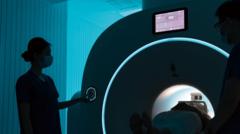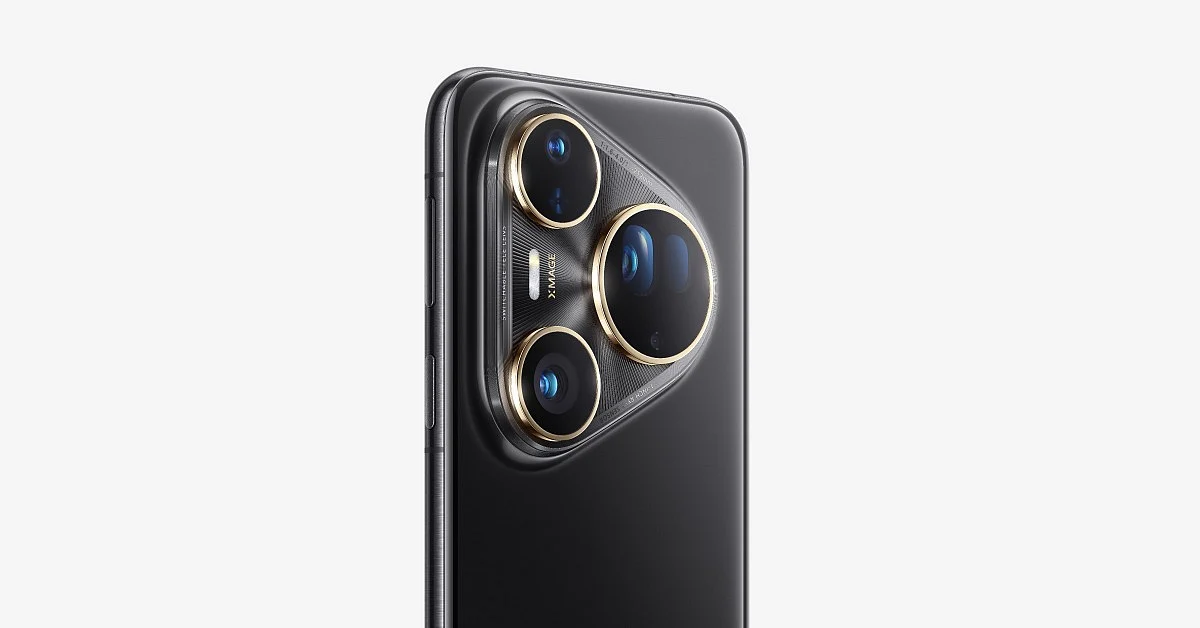Could a Heavy Metallic Necklace Lead to Tragedy in an MRI Machine?

Tragic Incident Involving MRI Machine Highlights Safety Concerns
The tragic death of a 61-year-old man after being sucked into a Magnetic Resonance Imaging (MRI) machine underscores the critical importance of safety protocols in medical settings. This incident occurred at Nassau Open MRI in Westbury, New York, when the man, whose identity has not been officially disclosed, entered the MRI room without permission while the machine was operational. Medical professionals emphasize the necessity of adhering to safety guidelines to prevent such avoidable tragedies.
The victim was reportedly wearing a heavy metal necklace—a 20-pound chain with a lock—used for weight training. This chain became a fatal hazard when he entered the MRI room, which generates a powerful magnetic field designed to capture detailed images of the body. The magnetic force of the MRI machine is so strong that it can attract metallic objects, potentially turning them into dangerous projectiles.
The Incident: What Happened?
According to reports from the Nassau County Police Department, the man was called into the MRI room by his wife, who was there for her own scan. After she completed her MRI, she asked him to help her up. Tragically, as he entered the room, the machine was already operational, and the magnetic force quickly pulled him in. Witnesses describe a harrowing scene where the husband waved goodbye to his wife, only to become limp moments later.
Despite the immediate attempts by the technician to intervene and pull the man away from the machine, the situation escalated quickly, resulting in a medical emergency. Emergency services were alerted, and the man was transported to a local hospital, but he succumbed to his injuries the following day. This devastating event serves as a grim reminder of the potential dangers associated with MRI technology.
Understanding MRI Technology
Magnetic Resonance Imaging (MRI) is a non-invasive imaging technique that uses powerful magnets and radio waves to create detailed images of the organs and tissues within the body. Unlike X-rays or CT scans, MRIs do not use ionizing radiation, making them a safer alternative for many patients. However, the strong magnetic fields generated by MRIs can pose significant risks if safety protocols are not followed strictly.
Before undergoing an MRI scan, patients are typically required to remove all metallic objects, including jewelry, watches, and even clothing with metal fasteners. Medical staff are trained to screen patients for any potentially dangerous items before they enter the MRI room. The incident in New York highlights a failure in this crucial safety protocol, raising questions about the measures in place at the facility.
Why Metal Objects Are Dangerous Near MRI Machines
The magnetic field produced by an MRI machine can attract ferromagnetic objects with incredible force. Some of the potential hazards include:
- Projectile Risks: Items like keys, cell phones, and oxygen tanks can become projectiles, causing injury to patients and medical staff.
- Equipment Damage: Attracted objects can damage the MRI machine, leading to costly repairs and downtime.
- Patient Safety: Wearing metallic items can lead to serious injury or even death, as tragically demonstrated in this incident.
Regulatory Guidelines and Compliance
In the United States, the Food and Drug Administration (FDA) regulates MRI machines and has established guidelines to ensure patient safety. Facilities that operate MRI machines are required to implement strict safety protocols, including:
- Pre-screening patients for metal objects.
- Providing clear instructions about what to wear and what to leave behind.
- Training staff on emergency procedures in case of an incident.
Despite these regulations, accidents can and do happen. The responsibility falls on both the medical facility and the patients to maintain a safe environment. In this case, the tragic loss of life has reignited discussions about the need for rigorous adherence to safety measures in medical imaging settings.
Lessons Learned: Improving Safety Protocols
This heartbreaking incident serves as a critical wake-up call for medical facilities that utilize MRI technology. Here are several steps that can be taken to improve safety protocols:
- Enhanced Staff Training: Continuous training for all staff on MRI safety, including how to handle emergency situations effectively.
- Patient Education: Clear communication with patients about the importance of removing all metallic items before entering the MRI room.
- Physical Barriers: Implementing physical barriers or signage that clearly indicates restricted access to MRI rooms when machines are operational.
- Protocol Review: Regular reviews and updates of safety protocols to address any potential weaknesses.
Similar Incidents in the Past
This is not the first incident involving injuries or fatalities related to MRI machines. In 2001, a tragic event occurred when a six-year-old boy died after an oxygen tank was propelled across the room due to the MRI's magnetic force. Such incidents highlight the critical need for strict adherence to safety protocols to prevent further tragedies.
The Role of Family and Caregivers
Family members and caregivers play a pivotal role in ensuring the safety of patients undergoing MRI scans. Here are some ways they can contribute:
- Know the Protocols: Understanding and discussing safety protocols with medical staff before the procedure.
- Monitor Patient Behavior: Ensuring that patients do not bring metallic items into the MRI room.
- Ask Questions: Encouraging open communication with medical staff about any concerns regarding safety measures.
Conclusion: A Call to Action for Safety
The tragic death of the 61-year-old man serves as a stark reminder of the potential dangers posed by MRI machines when safety protocols are not strictly followed. It is imperative that medical facilities take this incident seriously and review their safety measures comprehensively. By enhancing training, communication, and enforcement of safety protocols, the healthcare industry can work towards preventing similar tragedies in the future.
Ultimately, the responsibility lies with both medical professionals and patients to ensure safety in medical environments. As technology advances, so too should our commitment to safety and care. How can we collectively enhance safety measures in healthcare settings to prevent such tragic incidents from occurring again?
FAQs
What should patients do before an MRI scan?
Patients should remove all metallic objects, including jewelry and clothing with metal fasteners, before entering the MRI room. They should also inform medical staff about any implanted devices.
What are the risks of having metal objects near an MRI machine?
Metal objects can become projectiles due to the strong magnetic field, leading to serious injuries or even fatalities. They can also damage the MRI equipment.
How can medical facilities improve MRI safety protocols?
Facilities can enhance safety by providing ongoing staff training, clear patient instructions, implementing physical barriers, and regularly reviewing safety protocols.
In light of this incident, how can we foster a culture of safety in medical environments? #MRISafety #PatientCare #HealthcareProtocol
Published: 2025-07-20 21:56:02 | Category: wales



